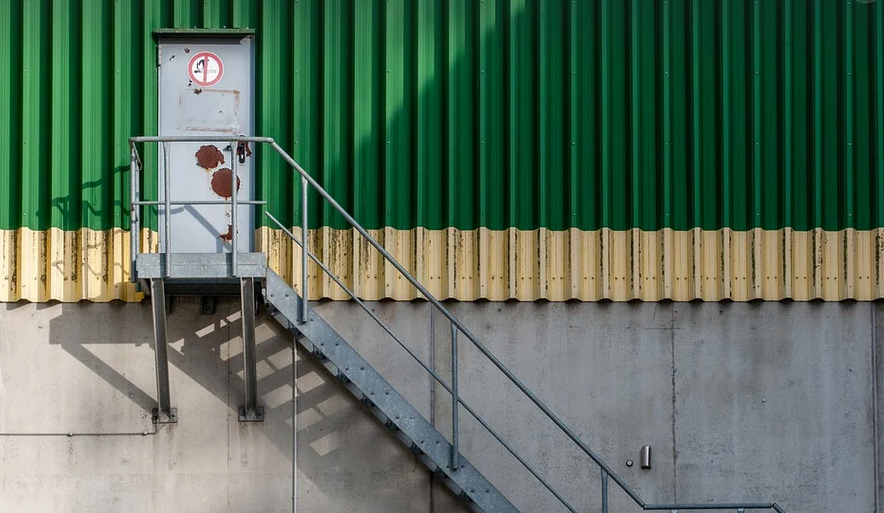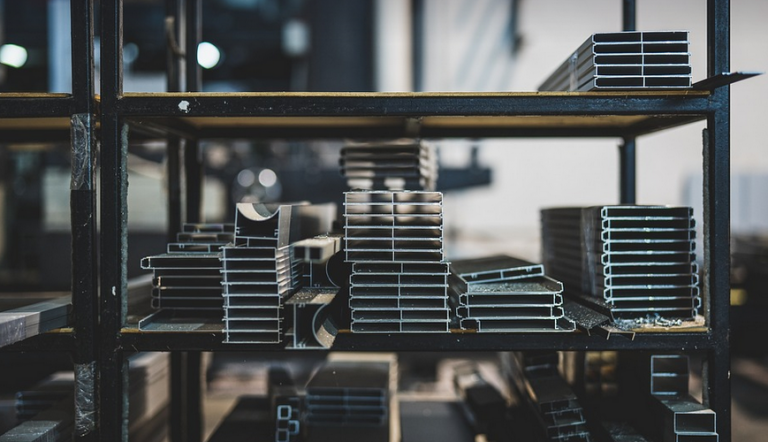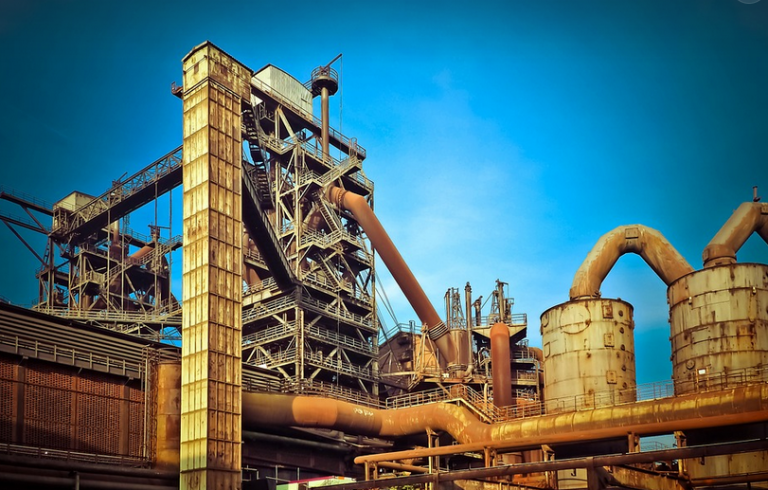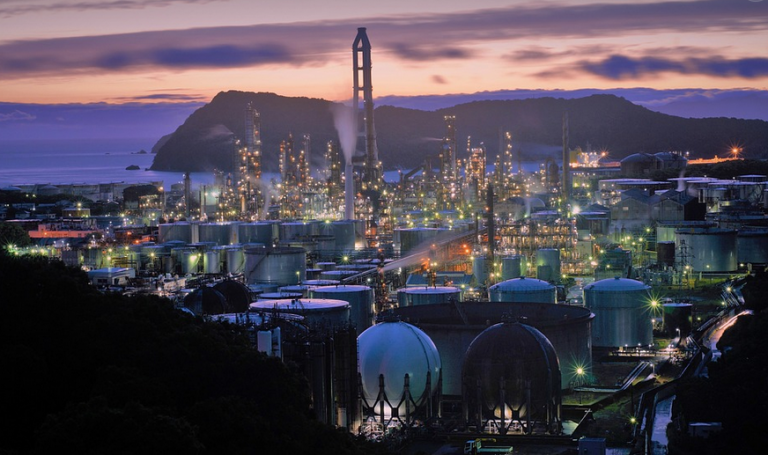
The Importance of Choosing the Right Heat Shield
Welding, a fundamental process in countless industries, produces intense heat, requiring specialized attention to safety and equipment protection. Heat shields are often overlooked but are essential components in modern welding setups. These protective barriers absorb and radiate away excess heat, safeguarding both welders and their tools from potential damage or injuries.
Welding generates numerous sources of radiant and thermal energy. It’s not just about the arc itself; consider the impact of preheating operations, filler metal melting, and even the interaction between electrodes and base metals. The heat generated is immense, potentially affecting welding parameters, material properties, and even human safety.
The type of welding process impacts the effectiveness of a shield. For instance, TIG welding, characterized by its low-current applications and focused arc, demands different shielding materials than MIG welding’s high-voltage technique with spatter and potential for larger heat build-up.
Selecting the right heat shield material is paramount for effective protection. Factors like temperature resistance, thermal conductivity, inertness to weld fumes, cost effectiveness, and ease of application influence the choice.
There are various materials suitable for this purpose, each with its own strengths and weaknesses:
Key Heat Shield Material Considerations
**Ceramic Materials:** Ceramics are known for their exceptional heat resistance, making them ideal for high-temperature welding environments. Their ability to withstand extreme temperatures without altering their structure makes them particularly suitable for applications involving intense heat sources like TIG and SMAW.
These materials come in various forms: * **Alumina:** A very hard ceramic that offers excellent thermal stability and wear resistance, often used for high-temperature welding. * **Silicon carbide (SiC):** Known for its exceptional hardness and resistance to chemical attack. This material is often found in demanding applications requiring extreme heat and corrosive environments.
However, ceramics can have a higher manufacturing cost compared to other materials like metals.
**Metal Heat Shields:** These shields are available in aluminum, stainless steel, copper, and nickel alloys. Their benefits include durability against corrosion and the ability to dissipate heat effectively through conduction.
They also offer flexibility in application: * **Aluminum:** Lightweight and affordable, aluminum is commonly used for shielding from high-temperature arcs. It’s a versatile option suitable for various welding applications, especially those involving metal fabrication or repairs. * **Stainless Steel:** This material is known for its resistance to corrosion and high temperature. It offers excellent protection against wear and tear, making it ideal for challenging environments and repetitive welding processes.
However, their durability may be a concern if exposed to prolonged extreme temperatures or aggressive chemicals.
**Composite Materials:** A blend of materials like polymers and ceramics is another promising option in heat shield technology. These composites offer advantages like high strength-to-weight ratio, excellent thermal conductivity, and resistance to wear and tear.
They’re often used for shielding from high-velocity spatter or when needing a lightweight and flexible solution: * **Polypropylene:** A versatile polymer known for its resistance to chemicals and abrasion. * **Carbon fiber:** Known for its strength and lightness, it’s often applied in aerospace and automotive components where weight reduction is crucial.
However, they can be more expensive compared to other materials like metals or ceramics.
**Choosing the Right Material**
When selecting a heat shield material, consider the specific welding process and environment. Factors to consider include:
* **Weld Temperature:** The most important factor is the expected peak weld temperature. Some materials can withstand extreme temperatures without degradation.
* **Material Cost:** Cost-effectiveness is essential when selecting a heat shield.
* **Corrosion Resistance:** Materials should be resistant to welding fume, acids, and other corrosive agents that may come into contact with the shield during and after the welding process.
* **Ease of Application:** The material should be easy to manipulate, apply, and integrate into the welding setup without causing significant difficulties.
Welding Safety: The Role of Heat Shield Integration
Proper heat shield integration is crucial for achieving optimal weld quality and safety. This involves more than just selecting a suitable material; it requires understanding the intricacies of each element’s function within the welding setup.
**Understanding the Process**
Welding processes can generate extensive heat, requiring specific techniques to manage heat dissipation:
* **Preheating:** Before welding, preheating is often employed to increase steel’s ductility and reduce stress during joining. It helps prevent cracking or warping, ultimately enhancing the weld’s strength.
* **Cooling Rate Management:** Cooling rates after welding are also critical for preventing distortion and ensuring a sound weld structure.
**Heat Shield Placement: ** The placement of heat shields is crucial to maximizing their effectiveness:
* **Arc-Melting Zone:** A shield placed directly over the arc-melting zone helps protect the welder from intense heat.
* **Weld Seam & Joint:** Shielding the weld seam and joint prevents heat spread and potential damage to the surrounding material.
**Using Heat Shields Effectively**
While material selection is a critical aspect, proper usage ensures optimal shield performance:
* **Placement:** Ensure accurate placement of the shield over the weld zone, maintaining contact with the heat source.
* **Maintenance:** Regular inspection and maintenance ensure the shield’s integrity and effectiveness.
* **Thickness:** For certain welding processes and materials, specific thicknesses are necessary to effectively absorb and radiate away the excess heat.
* **Shielding Gases:** When utilizing MIG welding or other gas-shielded methods, proper shielding gases must be maintained for optimal protection
Looking Ahead: Modern Heat Shield Developments
The field of welding is continually evolving. New materials and techniques are emerging to enhance heat shield performance and broaden their applications.
* **Nanomaterials:** Their use in heat shields promises increased efficiency in heat dissipation, making them ideal for high-end applications where thermal management is crucial.
* **Self-Healing Materials:** Emerging self-healing materials could revolutionize the field of welding by automatically repairing cracks or damage caused by harsh conditions, increasing longevity and overall performance.
* **Advanced Computational Simulations:** This technology aids in predicting heat flow patterns under various welding scenarios, allowing for more accurate shield material selection and placement.


